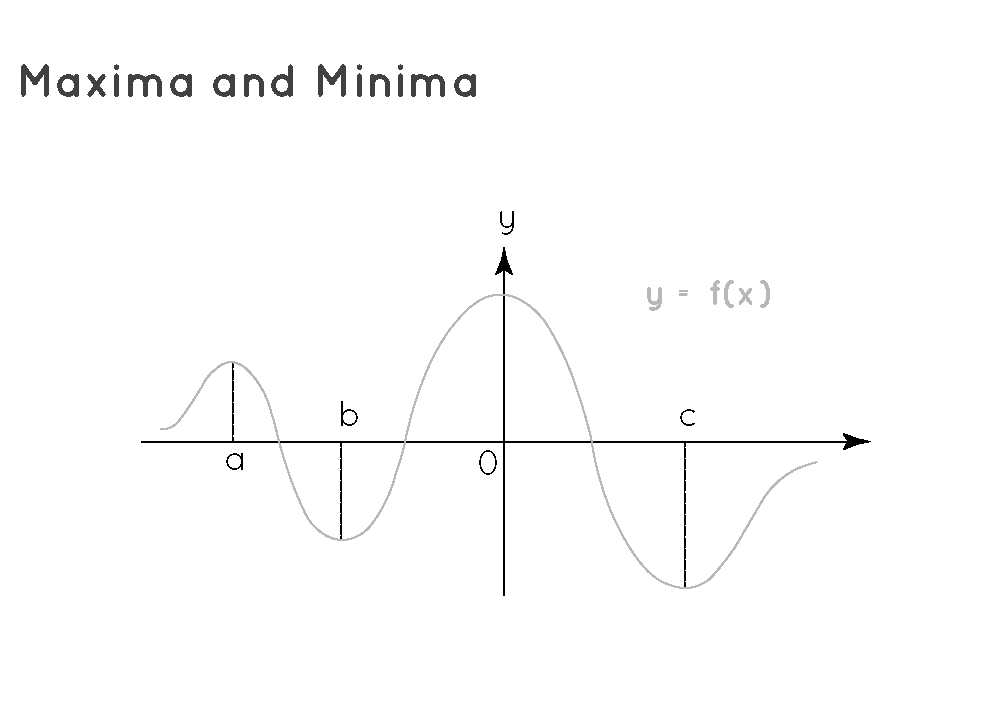Introduction
The Maxima and Minima mental model directs our attention to the highs and lows within decision-making processes. It involves recognizing the presence of optimal and suboptimal points, or turning points, in various situations. Anchored in human psychology, this mental model compels us to assess the extremes and understand their relevance when making choices. By acknowledging its prevalence in our daily lives, we can avoid falling victim to irrational decisions. In this blog post, we will explore the concept of Maxima and Minima, its relevance in decision-making, its occurrence across personal life, business scenarios, and public policy-making, the biases that contribute to this mental trap, practical strategies to identify and overcome it, and the implications of maintaining awareness and actively avoiding this cognitive pitfall.
The Relevance of Maxima and Minima in Decision-Making
The Maxima and Minima mental model is highly relevant in decision-making, as it helps us recognize the optimal points or peaks and the suboptimal points or valleys within a given context. By assessing these extremes, we gain valuable insights that can guide our choices and actions. Human psychology tends to seek favorable outcomes and avoid negative ones, making the identification of maxima and minima crucial for optimizing decision-making processes. This mental model enables us to navigate complex situations by evaluating potential gains and losses, and it promotes a more thoughtful and strategic approach to decision-making.
Occurrence of Maxima and Minima in Various Contexts
- Personal Life Decisions: Consider a person evaluating potential romantic partners. By succumbing to the Maxima fallacy, they may idealize an individual based on a few positive traits or experiences, overlooking significant red flags or compatibility issues. This distorted perspective can lead to the selection of a partner who may not be the best fit in the long run.
- Business Scenarios: In the business realm, the Maxima and Minima mental model can manifest in various ways. For instance, a company may prioritize short-term profit maximization by cutting corners on product quality or customer service. While this approach may yield immediate financial gains (maxima), it can harm the brand’s reputation and lead to long-term losses (minima) in customer loyalty and market share.
- Public Policy-Making: Maxima and Minima are also evident in public policy decisions. Governments may focus solely on reducing costs and maximizing efficiency in public services, neglecting the potential negative impact on marginalized communities or social equity (minima). The pursuit of short-term benefits can overshadow the long-term consequences, resulting in policies that fail to address underlying societal issues.
Mental Biases and Psychological Underpinnings
The Maxima and Minima mental model is intertwined with several cognitive biases. The optimism bias, for example, can lead individuals to overestimate positive outcomes and overlook potential risks or negative consequences. Conversely, the loss aversion bias compels individuals to strongly weigh potential losses, often leading to overly conservative decision-making. These biases, combined with the pursuit of immediate rewards and avoidance of losses, contribute to our inclination to prioritize maxima and minima without considering the broader implications.
Identifying and Avoiding the Maxima and Minima Trap
To avoid succumbing to the Maxima and Minima trap, it is essential to employ objective decision-making strategies. Here are some practical tips:
- Evaluate the Full Spectrum: Instead of fixating on extreme points, strive to evaluate the entire spectrum of possibilities. Consider the nuances, trade-offs, and potential consequences across the range of options. Avoid making decisions solely based on the best or worst outcomes, but rather through a comprehensive assessment of the available choices.
- Engage in Critical Analysis: Challenge assumptions and conduct a thorough analysis of potential risks, benefits, and long-term implications. Avoid making decisions driven solely by immediate gains or losses. Instead, consider the broader context and evaluate the potential impact on various stakeholders.
- Seek Diverse Perspectives: Engage in discussions with individuals who have different viewpoints and expertise. This approach helps avoid tunnel vision and provides a more comprehensive understanding of the situation. Encouraging diverse perspectives can help identify blind spots and generate more well-rounded solutions.
Conclusion
The Maxima and Minima mental model serves as a valuable tool for decision-making, reminding us to consider the peaks and valleys within a given context. By understanding its relevance and prevalence in our daily lives, we can mitigate the biases that contribute to irrational decision-making. Through comprehensive analysis, critical thinking, and the exploration of diverse perspectives, we can navigate complexities and make more informed choices. Awareness and active avoidance of the Maxima and Minima trap enable us to optimize our decision-making processes, leading to outcomes that align with our long-term goals and best interests.
